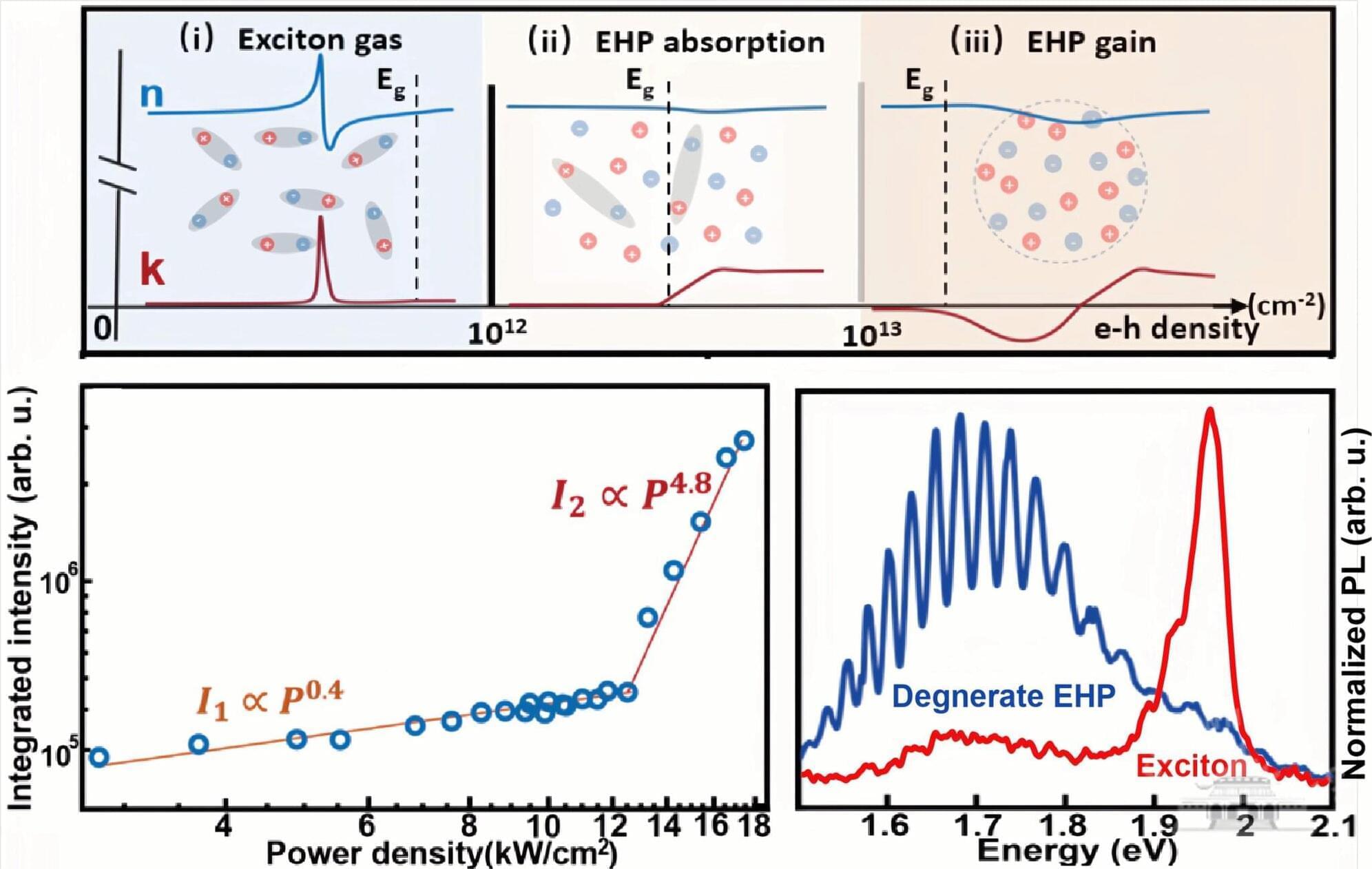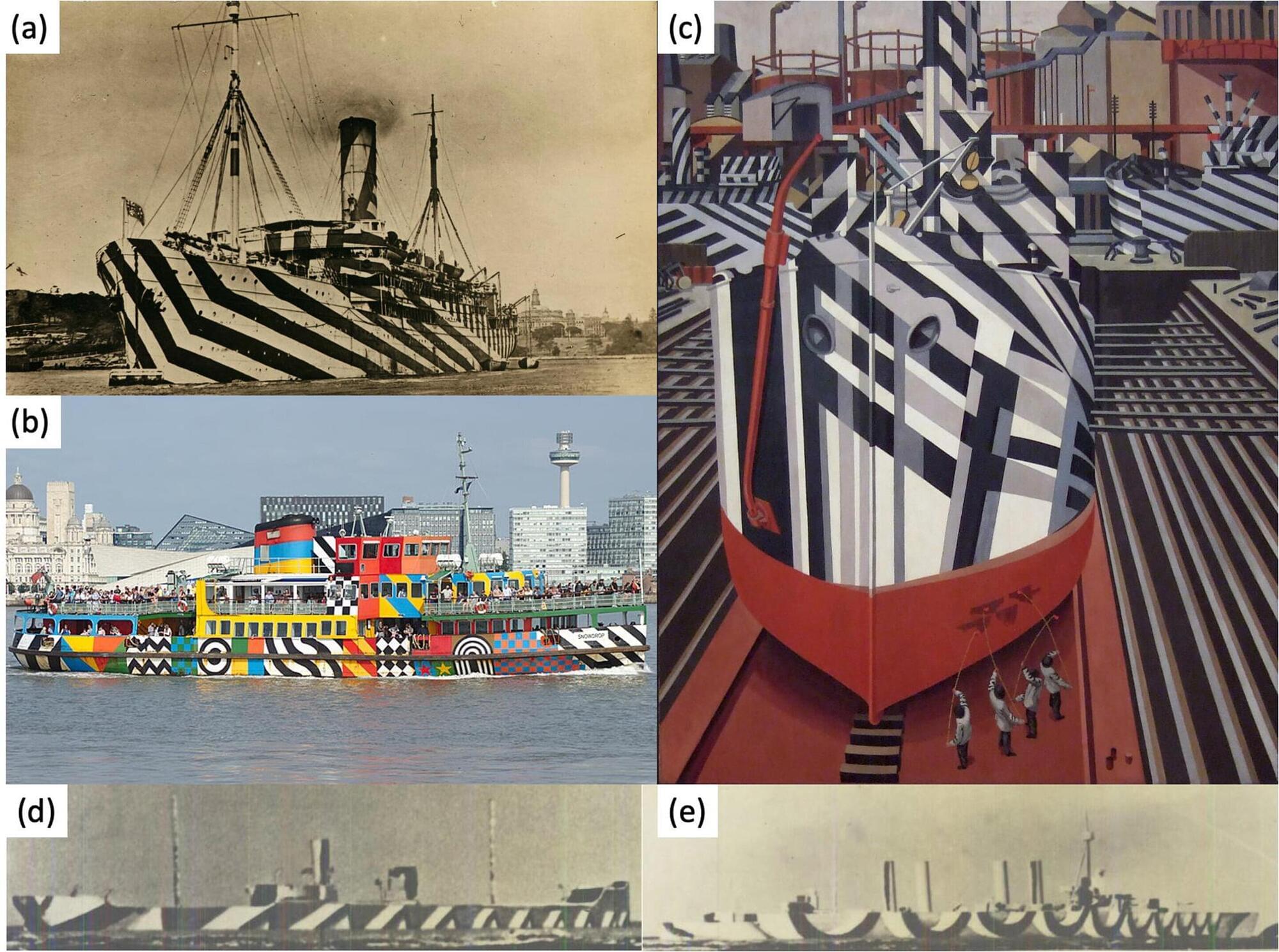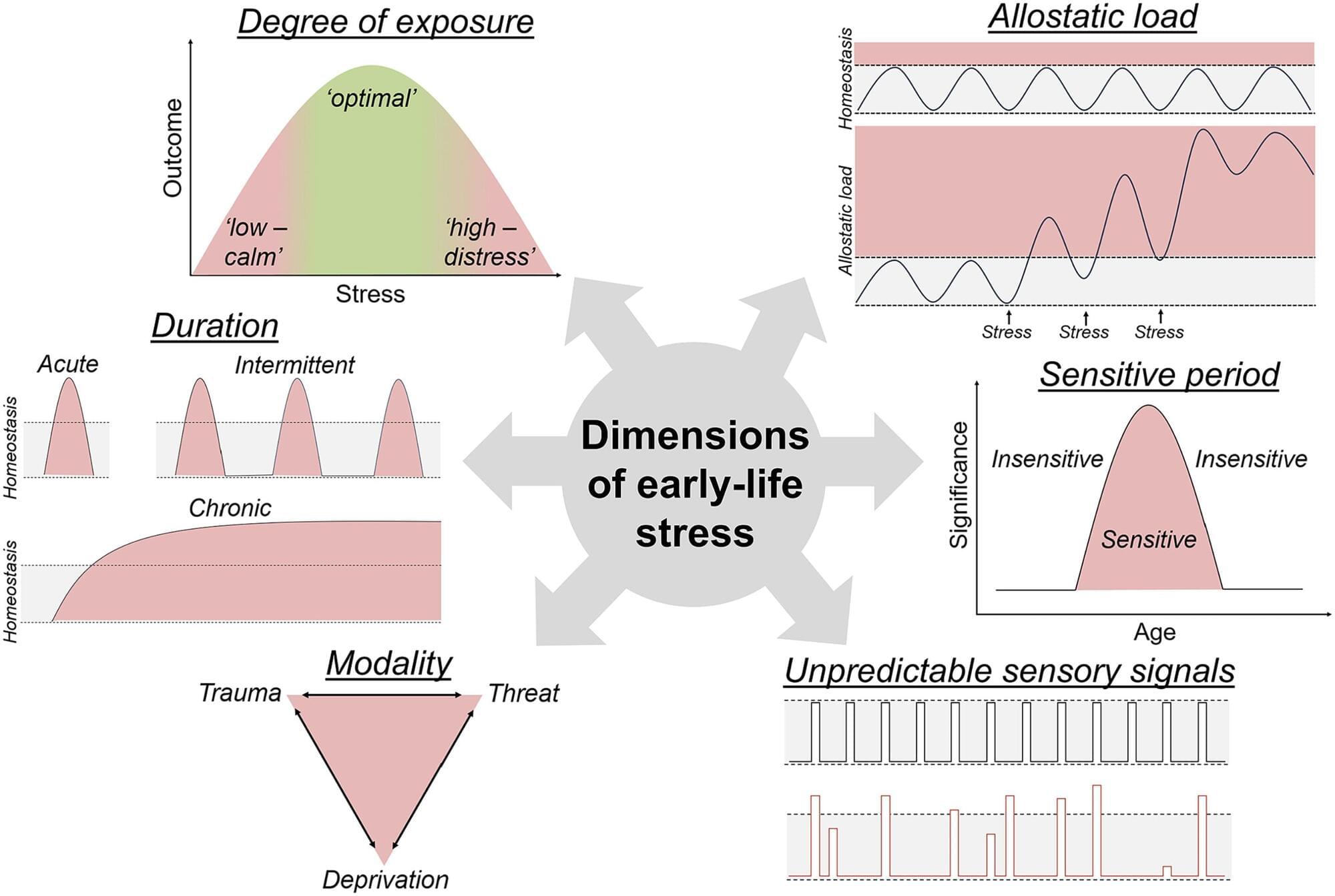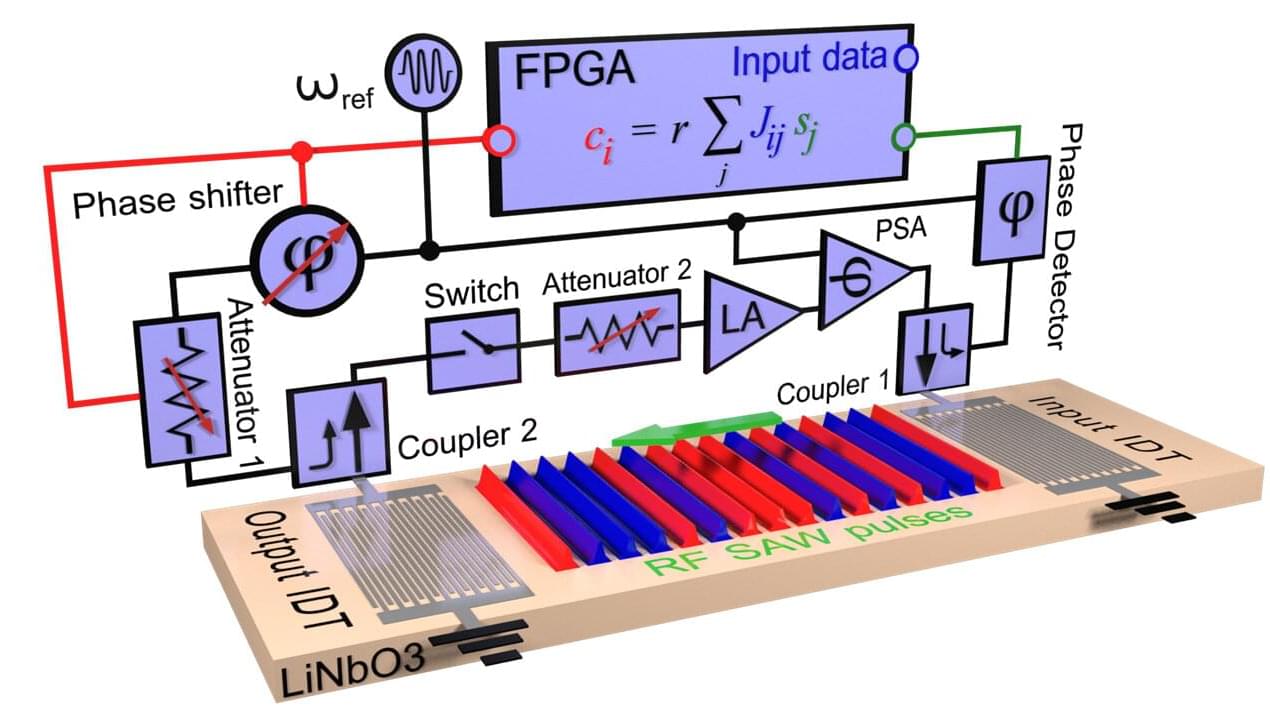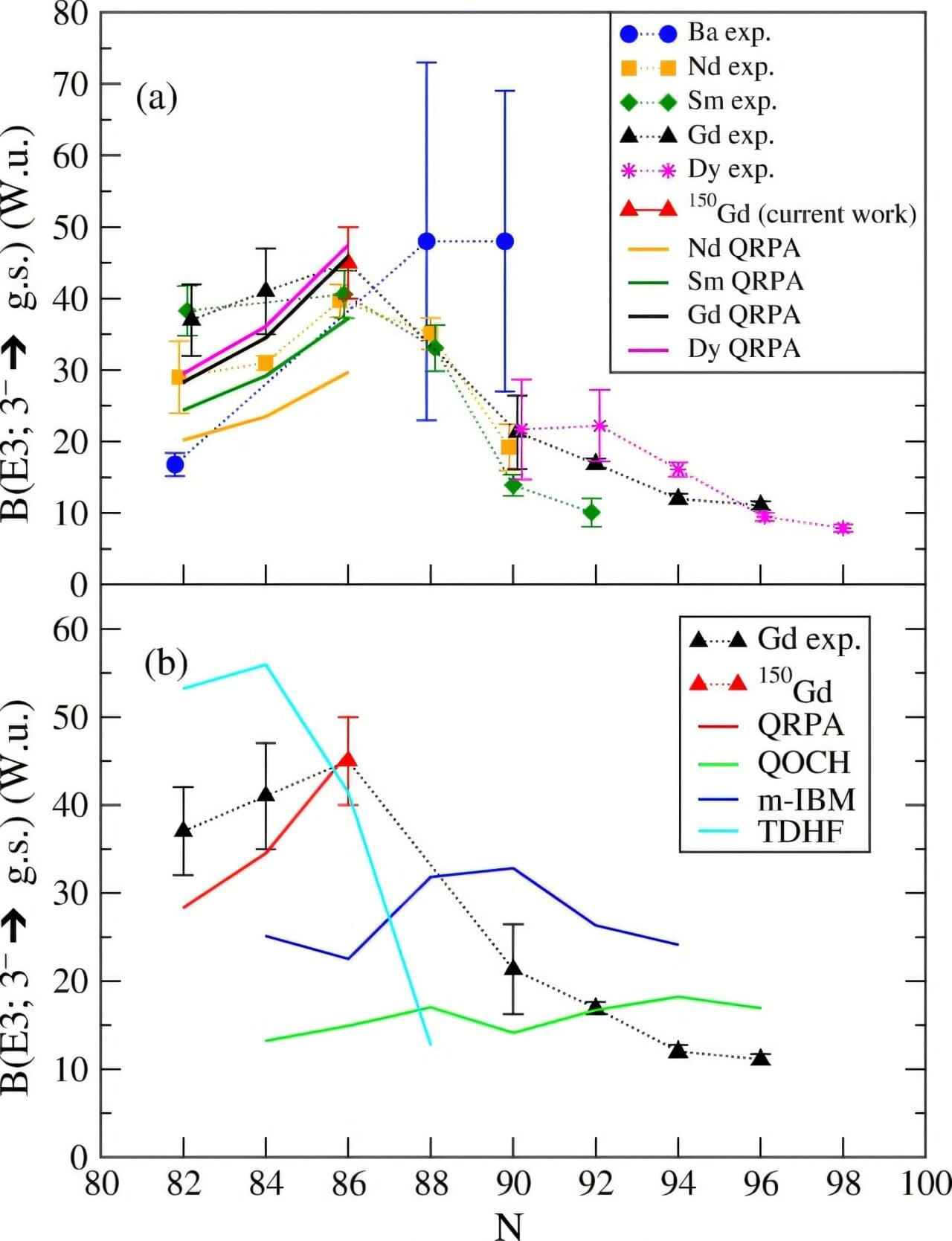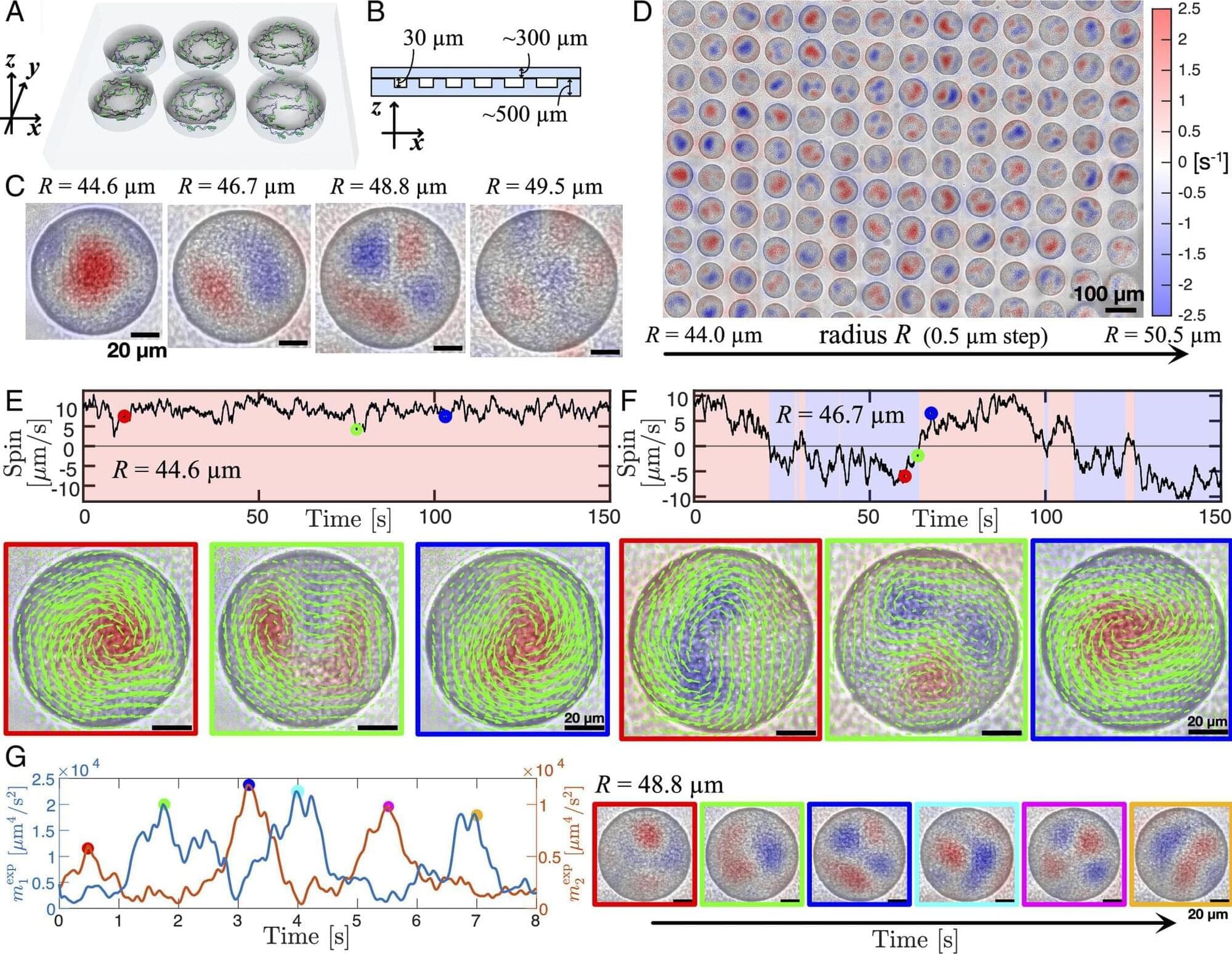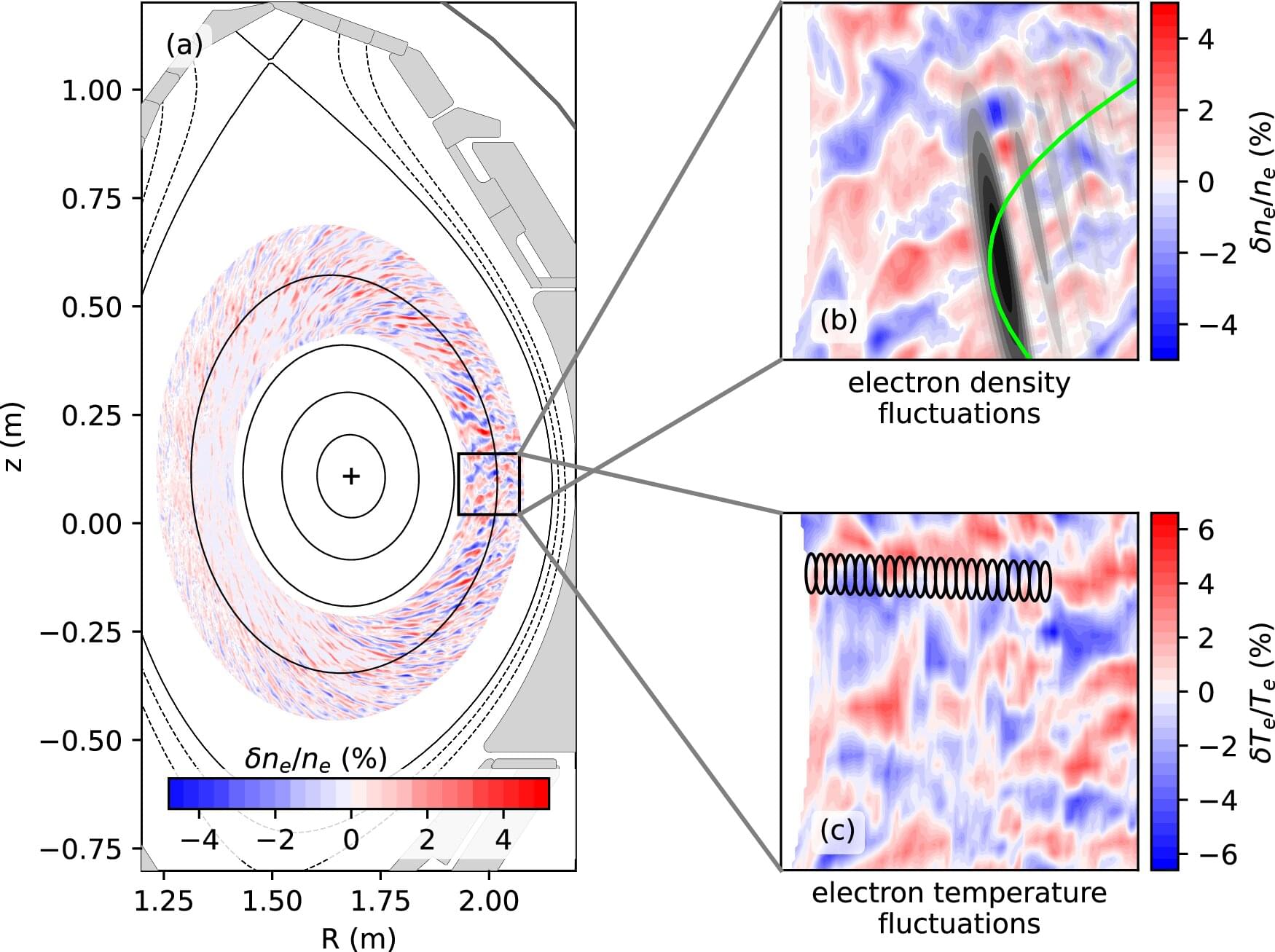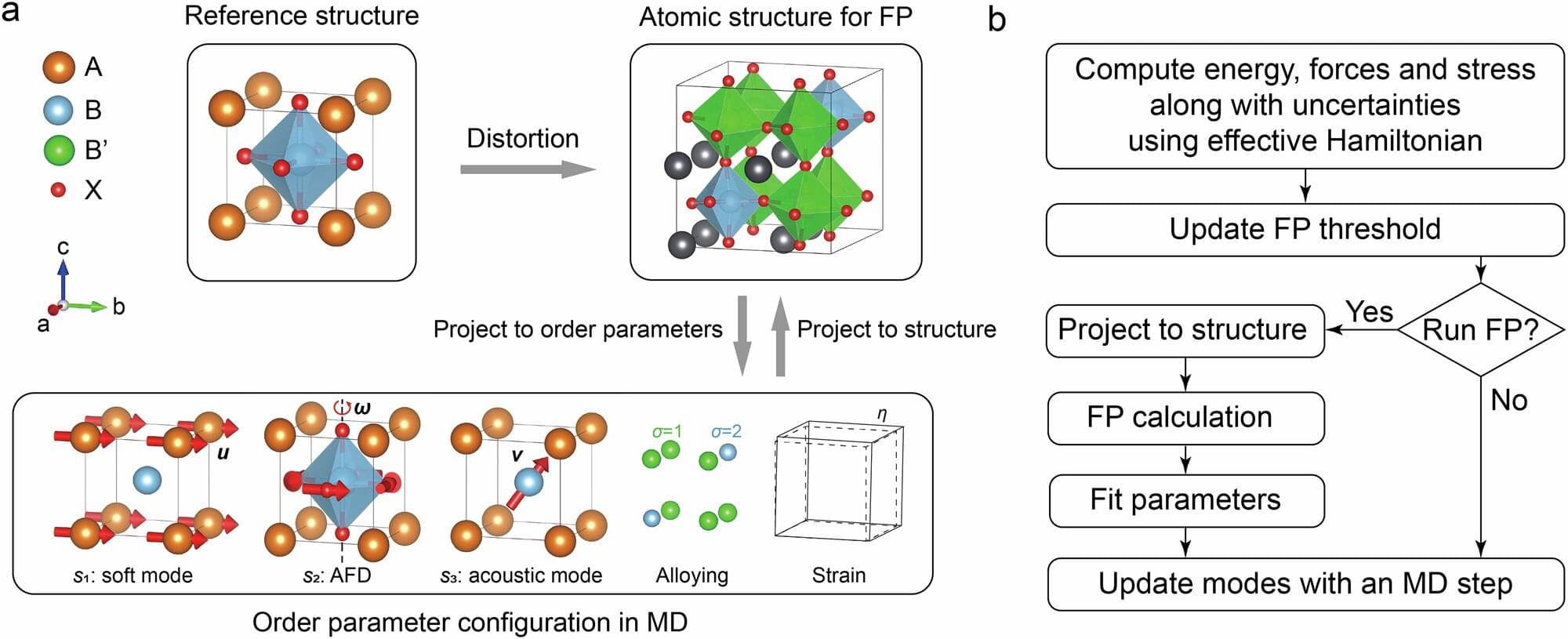Amplified spontaneous emission is a physical phenomenon that entails the amplification of the light spontaneously emitted by excited particles, due to photons of the same frequency triggering further emissions. This phenomenon is central to the functioning of various optoelectronic technologies, including lasers and optical amplifiers (i.e., devices designed to boost the intensity of light).
The excitation of a material with high-energy photons can produce what is known as an electron-hole plasma. This state is characterized by the dense presence of negatively charged particles (i.e., electrons) and positively charged vacancies (i.e., holes).
Researchers at Wuhan University recently observed amplified spontaneous emission originating from degenerate electron-hole plasma in a 2D semiconductor, namely suspended bilayer tungsten disulfide (WS2). Their paper, published in Physical Review Letters, could pave the way for the development of new optoelectronic technologies based on 2D semiconductors.
